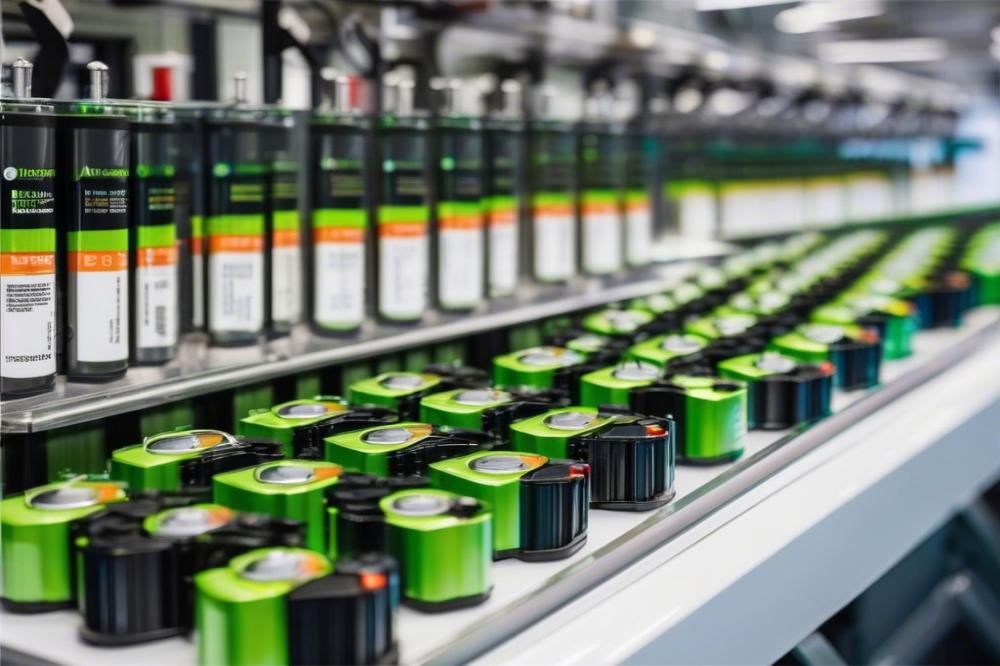Introduction
The significance of e-bike battery technology cannot be overstated. As cities become more crowded and pollution levels rise, many individuals are turning to electric bikes for transportation. E-bikes offer a practical solution, promoting sustainable travel while reducing reliance on fossil fuels. This shift to electric biking aligns perfectly with global calls for greener alternatives.
In recent years, the e-bike market has witnessed remarkable growth. The appeal of these vehicles lies in their efficiency and convenience. More consumers are recognizing the benefits, leading to increased demand. Consequently, manufacturers are ramping up production to meet this surge. However, this rapid expansion raises important questions about battery production and its environmental implications.
The process of E-bike battery production involves several stages, each with its own environmental impact. Mining for lithium, a key material in batteries, can result in significant ecological damage. Regions where lithium is extracted face challenges such as water depletion and habitat destruction. These concerns highlight the need for a thorough life cycle assessment to better understand the overall carbon footprint of e-bikes.
Energy consumption is another critical factor. Producing batteries requires vast amounts of electricity, often sourced from non-renewable energy. This reliance contributes to greenhouse gas emissions and pollution. To address these issues, environmental regulations are becoming stricter. As manufacturers strive for compliance, the push for sustainable practices is gaining traction.
Recycling battery materials is crucial for reducing environmental waste. Many old batteries end up in landfills, posing risks to soil and waterways. By enhancing recycling technologies and programs, we can recover valuable resources and minimize pollution. Solutions like these are essential for maintaining sustainability in the e-bike industry.
As e-bikes continue to grow in popularity, it is vital to evaluate their overall impact on the environment. Understanding the complexities of battery production helps to promote responsible practices. With the right focus, e-bikes can remain a powerful alternative for urban transportation while safeguarding our planet for generations to come.
E-bike battery production
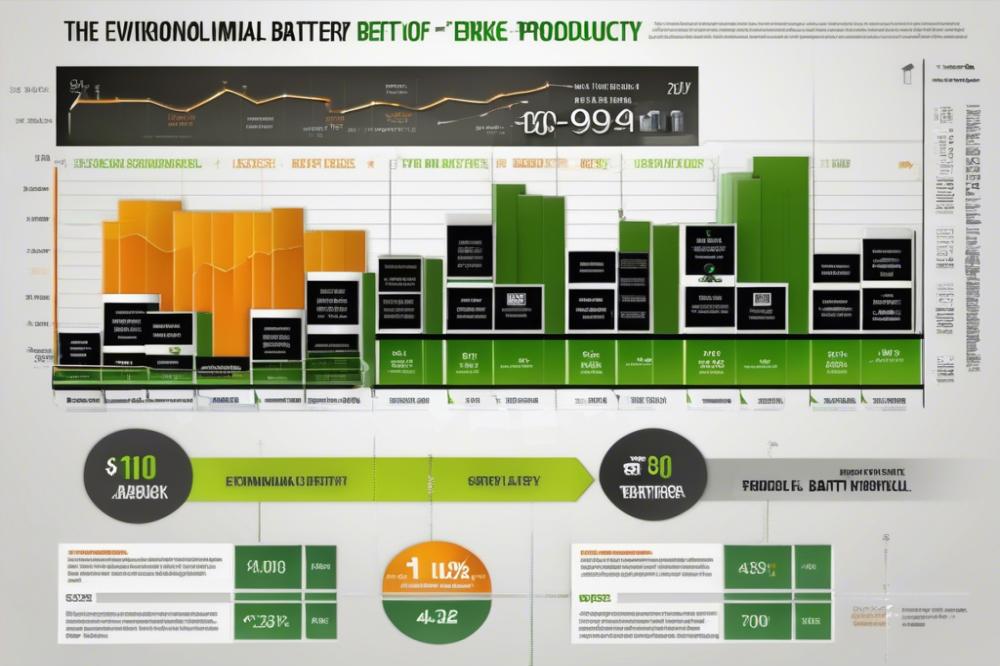

The process of e-bike battery production involves several important steps. First, raw materials are extracted and processed. Next, these materials are assembled into cells. Finally, the cells are packed together to form a battery pack. Each step has its own challenges and impacts on the environment.
Key Materials Used in E-bike batteries
E-bike batteries primarily rely on lithium-ion technology. This choice of technology is due to its high energy density and lightweight properties. Other essential battery materials include cobalt, nickel, and manganese. Each component plays a significant role in the battery’s overall performance. When these materials are sourced, the process can lead to serious environmental consequences.
Focus on lithium mining and Related Environmental Issues
Lithium mining raises concerns about sustainability. Extraction often occurs in sensitive ecosystems, leading to habitat destruction. Water usage is another critical issue. Large amounts of water are needed for extracting lithium, which can create drought conditions in nearby areas. Additionally, local wildlife can be affected as their habitats are disrupted.
Pollution is another byproduct of lithium mining. Heavy metals and toxic substances can seep into the soil and waterways. This contamination poses risks to both the environment and human health. Energy consumption during the mining process also adds to the carbon footprint of e-bike production. Greenhouse gas emissions increase when fossil fuels are used to power operations.
Environmental regulations can help minimize these impacts. Stronger laws are necessary to protect ecosystems and communities. Life cycle assessments are valuable tools for understanding the overall environmental effects of battery production. Conducting these assessments can lead to better practices and innovations.
Recycling is becoming an important part of the conversation around battery production. Many companies are exploring ways to recycle battery materials after their lifespan ends. This not only reduces waste but also limits the need for new raw materials. By embracing renewable energy sources in manufacturing, the industry can further reduce its environmental burden. The push for more sustainable practices is essential for the future of e-bikes.
Sustainability Considerations
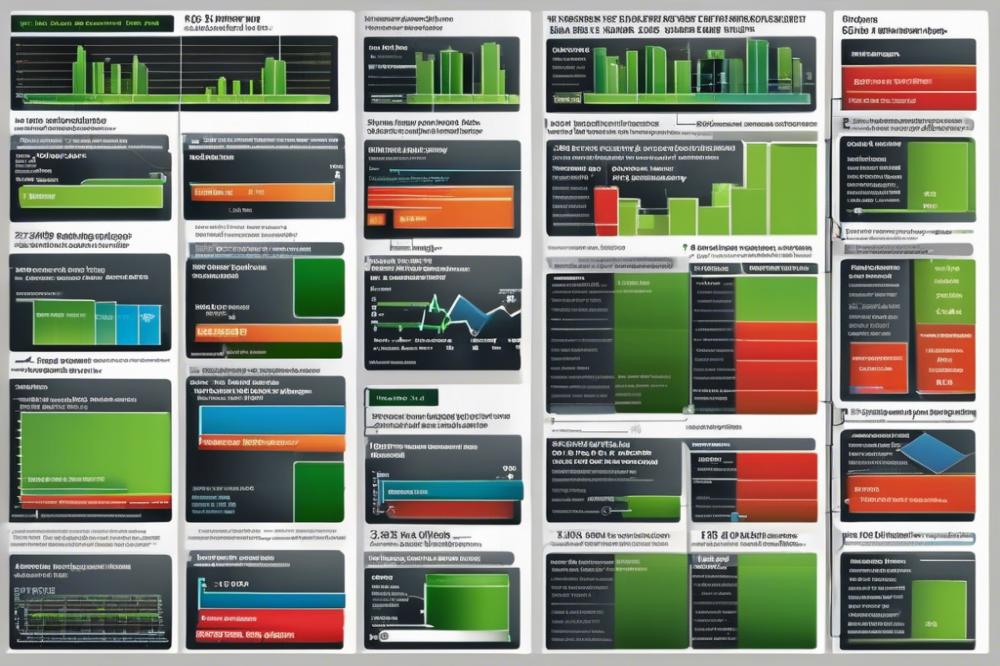

Discussing sustainability in the production of e-bike batteries is essential. Many people are excited about the eco-friendly advantages of riding e-bikes. However, it’s important to dive deeper into what goes into making the batteries. The entire process holds a significant environmental impact.
Firstly, the materials used, such as lithium, play a critical role. Lithium mining can lead to serious environmental concerns. It can disrupt local ecosystems and cause pollution in nearby areas. Moreover, extracting this mineral often requires heavy water usage, which creates additional challenges in water-scarce regions. These factors raise questions about long-term sustainability.
Addressing the carbon footprint is another vital aspect. The production process generates emissions that contribute to climate change. In fact, energy consumption during battery manufacturing can be quite high. Companies must improve their methods to lower these emissions in response to growing environmental regulations.
Impact of Battery Materials on the Environment
The choice of battery materials directly influences environmental health. Some batteries contain metals that are harmful if not disposed of properly. Recycling has become a key topic in this area. By developing systems for recycling these materials, we can alleviate the pressure on our planet. Reduced waste not only conserves resources but also minimizes pollution.
Furthermore, a life cycle assessment of batteries reveals much about their sustainability. This assessment evaluates the environmental impact from raw material extraction through to disposal. Understanding this life cycle helps manufacturers make better choices in material sourcing and production practices. It’s all about looking at the entirety of the battery’s journey.
Exploration of Renewable Energy Use in Production
Using renewable energy in production settings is becoming increasingly popular. Many companies strive to power their factories with wind or solar energy. This shift can significantly cut down the overall carbon footprint of battery production. By harnessing nature, businesses not only save on energy costs but also play a role in promoting sustainability.
The transition to renewable energy is not without its challenges. However, many believe that investing in green energy sources is critical for the future. It ensures that the development of e-bike batteries aligns better with global sustainability goals. As the demand for e-bikes grows, integrating clean energy in their production processes becomes more urgent.
In conclusion, navigating the complexities of battery production requires diligence. An emphasis on sustainability, responsible mining, and renewable energy solutions can create a brighter environmental future. The choices made in these areas will impact our planet for generations to come.
Carbon Footprint and Energy Consumption
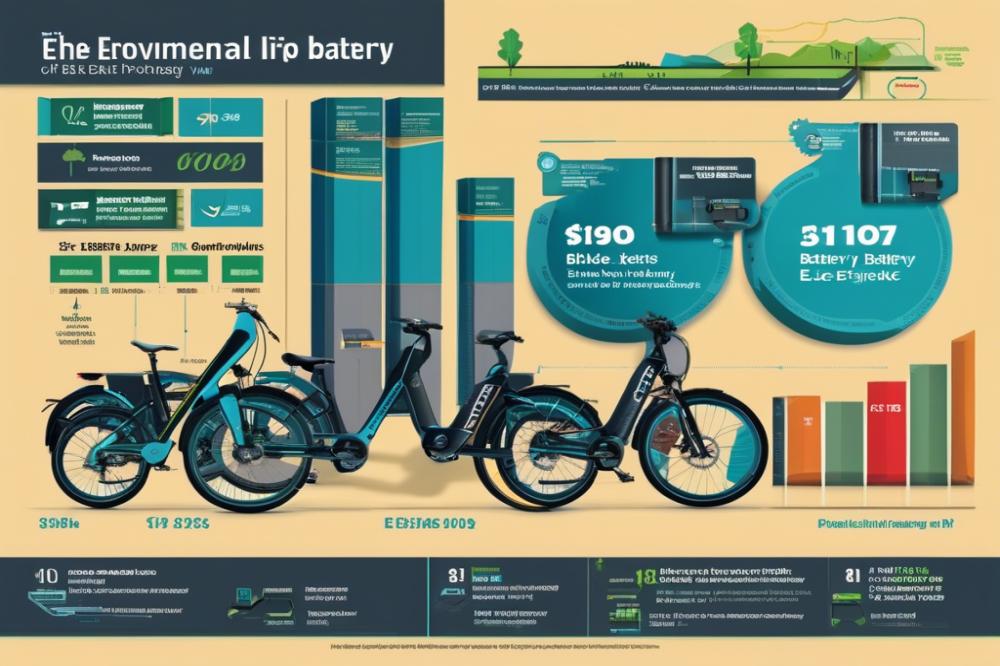

When we talk about the carbon footprint involved in producing e-bike batteries, it becomes clear that this process isn’t without challenges. The production of batteries, especially those using lithium, emits a considerable amount of carbon dioxide. The mining of lithium itself can lead to significant environmental degradation. Additionally, we cannot overlook the impact of extracting other battery materials. All these factors contribute to a notable carbon footprint.
Energy consumption during the manufacturing phase is another critical point. Factories require vast amounts of energy to produce these batteries. Often, this energy comes from non-renewable sources, which aggravates pollution levels and climate change. However, some manufacturers are shifting towards using renewable energy in their production. This transition can help reduce negative impacts related to energy use.
Comparison with Traditional Transportation Technologies
E-bikes stand out more favorably than traditional vehicles, like cars, when comparing their overall environmental impact. Cars typically have much larger carbon footprints due to their heavy reliance on fossil fuels for energy. While e-bike batteries do pose environmental challenges, they can still represent a cleaner alternative if we consider the life cycle. From production to disposal, e-bikes offer a more sustainable approach when integrated with effective recycling practices.
Environmental regulations play a crucial role in shaping how battery production evolves. Stricter rules can push manufacturers to adopt more sustainable methods and improve practices related to recycling. This change can eventually lead to better results regarding pollution and energy efficiency. With growing awareness, many are advocating for greener alternatives, highlighting the importance of sustainability in every step of production.
In summary, the carbon footprint and energy consumption associated with e-bike battery production present challenges, but they also open doors for innovation. By focusing on renewable energy sources and developing more effective recycling methods, the industry has the potential to lower its environmental impact. Understanding these factors can help consumers make informed choices on their transportation options.
Pollution and Environmental Regulations
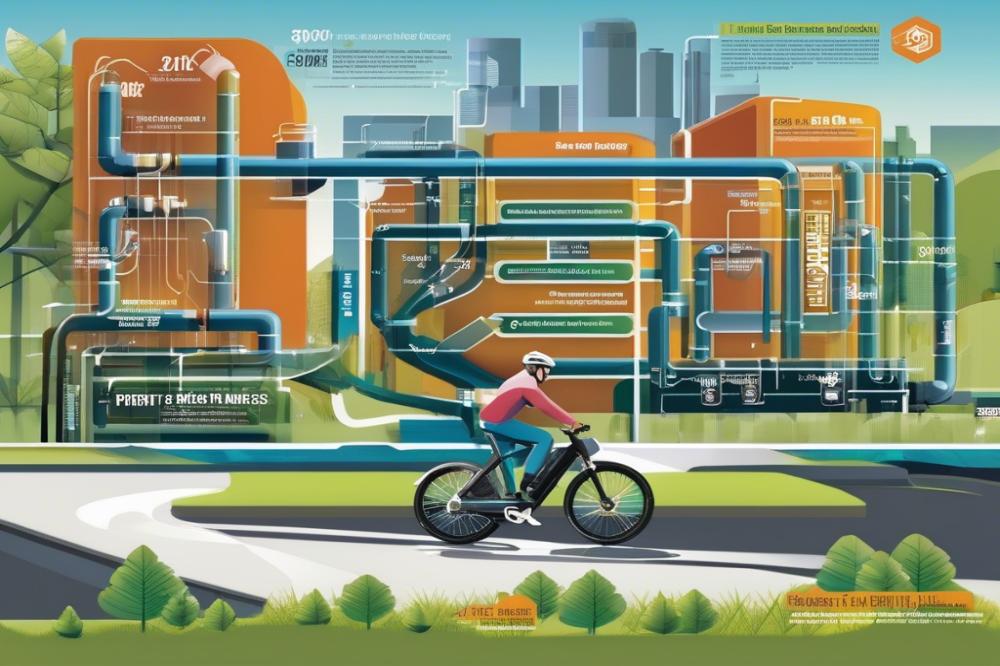

Battery production for e-bikes raises serious environmental concerns. Pollution from this industry impacts air, water, and soil. Harmful substances from battery materials can contaminate ecosystems. Factories may release emissions that worsen climate change. This issue directly affects communities near production facilities.
Current environmental regulations aim to curb these effects, but gaps remain. Many countries have standards to manage manufacturing pollution. However, enforcement can be weak in some regions. Stricter rules on lithium mining and chemical disposal are essential. These regulations should focus on reducing the carbon footprint of production processes.
Life cycle assessment of batteries shows significant environmental costs. From mining to manufacturing, each step consumes energy. That’s why it’s crucial to switch to renewable energy sources during production. In addition to reducing pollution, using clean energy can help create a more sustainable industry.
Recycling programs for batteries are gaining traction. They can mitigate some of the negative impacts by reusing valuable materials. This process not only prevents waste but also lessens the demand for new lithium. As the industry evolves, policies that promote recycling will be vital.
Improvement in practices is possible. Investing in newer, cleaner technologies can lower energy consumption. Companies must prioritize sustainable methods both for profit and the planet. Encouraging transparency and responsibility in e-bike battery production can lead to meaningful change.
Everyone has a role to play in this effort. Consumers can support brands that practice sustainable manufacturing. By staying informed, we can all advocate for better regulations. Together, we can push for a future where e-bike batteries are produced with respect for the environment.
Recycling and Life Cycle Assessment
Overview of Recycling Processes for E-Bike Batteries
Recycling plays a crucial role in managing e-bike batteries. When a battery reaches the end of its life, it should not just be thrown away. Instead, it can be processed to recover valuable materials. This process typically involves collecting the batteries, dismantling them, and separating the different components. Key materials include lithium, cobalt, and nickel. These are essential for making new batteries, reducing the need for lithium mining.
Many facilities utilize innovative methods to extract these battery materials. Hydrometallurgical processes and pyrometallurgical techniques are commonly used. Each method has its merits, but both aim to decrease pollution and cut down on energy consumption. More recycling means less waste in landfills. It also means that the negative impacts of mining are lessened.
Importance of Life Cycle Assessment in Understanding Environmental Impacts
Life cycle assessment (LCA) is essential in evaluating the environmental impacts of any product. It considers every stage from raw material extraction to disposal. This comprehensive approach helps to uncover the carbon footprint associated with e-bike batteries. By analyzing these stages, we can better understand the true sustainability of battery production.
An LCA can highlight energy consumption patterns throughout the battery’s life. Did you know that the manufacturing phase typically consumes more energy than recycling it? Awareness of these patterns can guide manufacturers in making greener choices. Companies are now prioritizing policies that address environmental regulations more seriously. This shift helps to minimize pollution and encourages the use of renewable energy sources during production.
Challenges and Opportunities in Battery Recycling
Battery recycling faces various challenges. One major issue is the lack of infrastructure. Not every region has the facilities needed to recycle batteries efficiently. Cost can also be a barrier. Advanced recycling technologies can be expensive. Yet, opportunities abound as well. As more people use e-bikes, demand for recycling solutions is expected to rise.
Developing better recycling processes can reduce reliance on new materials. Innovations in recycling can revolutionize how we manage resources. Moreover, public awareness about the importance of recycling can lead to stronger community initiatives. Encouragingly, some companies are investing heavily in research to tackle these issues. Their goal is to create a more sustainable future, which benefits everyone.
In conclusion, understanding the importance of recycling and life cycle assessment in e-bike battery management is vital. Efforts to address challenges present a pathway to a more sustainable and resource-conscious environment.
Final Thoughts on E-Bike Battery Production and the Environment
Summary of Key Findings
The environmental impact of e-bike battery production is significant. Various materials used in creating these batteries come from processes that can harm our planet. For instance, lithium mining often leads to pollution and water depletion. Additionally, the energy required to manufacture these batteries contributes to carbon emissions. These factors raise concerns about the overall sustainability of e-bikes.
Looking to the Future
As we consider the future of e-bike batteries, several opportunities present themselves. New technologies are emerging that could reduce the harmful effects associated with battery production. Research into alternative materials is underway. Improvements in recycling processes are also on the horizon. These advancements can lead to more sustainable production methods and a smaller ecological footprint.
Moreover, battery lifespan and performance remain important. Manufacturers have the chance to innovate in ways that extend battery life, reducing the need for frequent replacements. This shift could significantly lower environmental degradation over time.
Action Steps for Everyone
Consumers play a critical role in this equation. By choosing e-bikes with eco-friendly batteries, individuals can make a positive impact. It is essential for users to educate themselves about the choices available in the market. Manufacturers should commit to environmentally friendly practices as well. Transparent disclosures about the sourcing and production processes are vital.
Finally, policymakers need to step up. There should be incentives for developing greener technologies in battery production. Supportive regulations can drive change toward a sustainable future. Together, we can create a positive path forward for e-bike battery production and protect our environment for generations to come.

